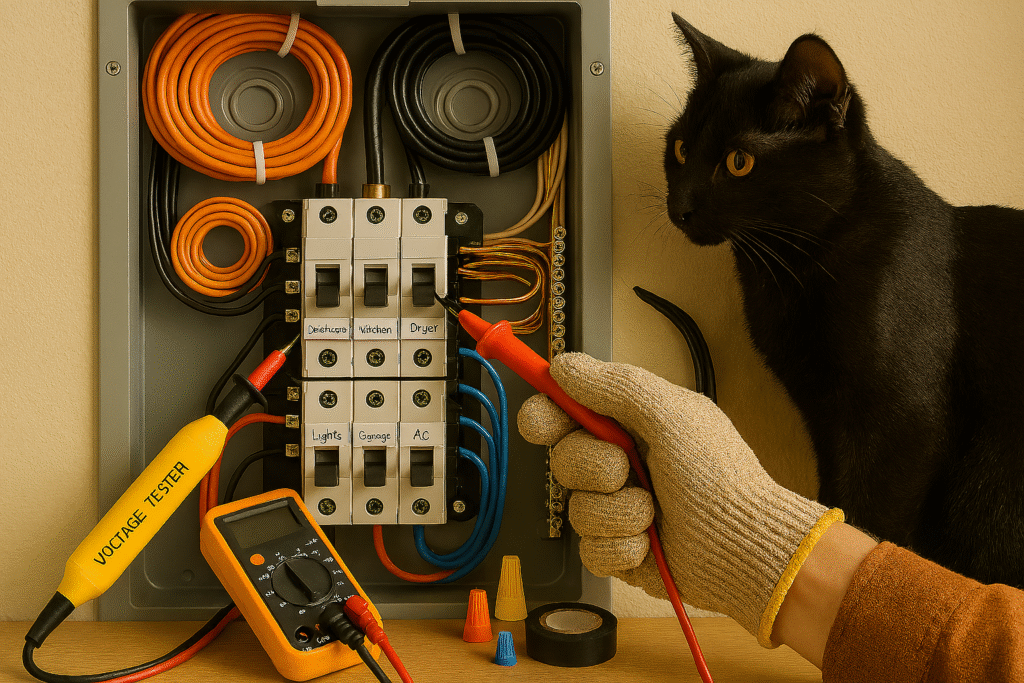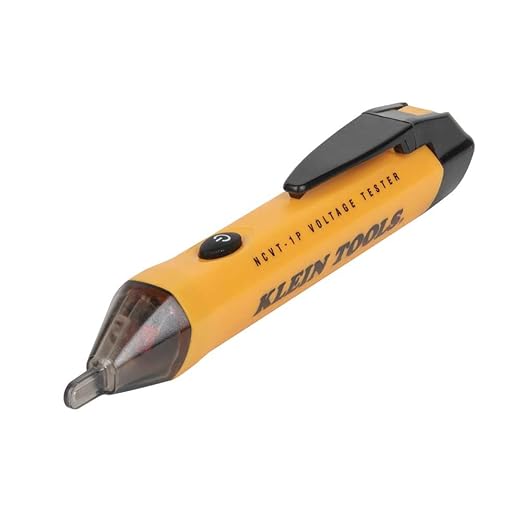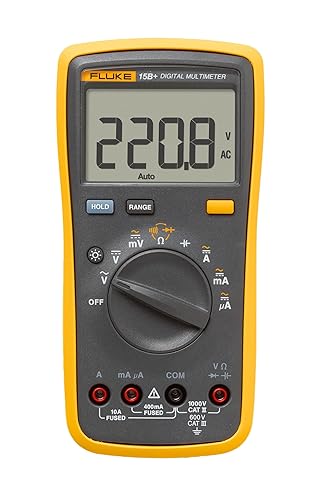Tips and Best Practices for Keeping Your Home Wiring Safe and Up to Code

Electricity is the silent workhorse of your home—it keeps the lights on, the fridge cold, and the coffee brewing when you need it most. But when wiring is done incorrectly or neglected, it can quickly turn from helpful to hazardous. Following safe wiring practices not only prevents electrical fires and shocks but also keeps your home up to code, ensuring everything runs smoothly and safely.
Why Safe Wiring Matters
- Fire Prevention: Faulty wiring is one of the leading causes of house fires.
- Code Compliance: Electrical codes exist for a reason—they keep your family safe and your insurance valid.
- Longevity of Appliances: Proper wiring prevents power surges and protects sensitive electronics.
Tips for Safe Home Wiring
1. Know Your Limits
DIY electrical work can save money, but only if done correctly. If a project involves your breaker panel, service entrance, or anything beyond basic outlet/switch replacement, call a licensed electrician. Electricity doesn’t forgive mistakes.
2. Use the Right Tools and Materials
- Always use UL-listed components.
- Match wire gauges to the correct amperage (e.g., 14-gauge for 15 amps, 12-gauge for 20 amps).
- Never mix aluminum and copper wiring without approved connectors.
Recommended Tools:
- Klein Tools Wire Stripper & Cutter
- Southwire 14/2 Romex Indoor Electrical Wire
- 3M Electrical Tape Value Pack
3. Don’t Overload Circuits
Too many devices on one circuit can cause overheating. Spread out high-draw appliances like microwaves, space heaters, or air conditioners across dedicated circuits when possible.
Helpful Tool:
4. Grounding and GFCIs
- Every outlet in kitchens, bathrooms, garages, and outdoor spaces should have GFCI protection.
- Proper grounding ensures excess electricity safely flows into the earth instead of through you.
Recommended Upgrade:
5. Secure and Protect Wiring
- Never run wires under rugs or across doorways.
- Use conduit or protective sheathing when running wires through walls or crawl spaces.
- Keep wire connections inside junction boxes with covers—no “floating” wire splices.
6. Follow Color Coding
- Black/Red = Hot wires
- White = Neutral
- Green/Bare Copper = Ground
Mixing up wire colors creates confusion (and danger) for anyone who works on it later.
Signs Your Home Wiring May Need Attention
- Frequent breaker trips
- Flickering lights
- Outlets that spark or feel warm to the touch
- A “burnt” smell near outlets or switches
- Two-prong outlets with no ground
If you notice any of these, have a professional inspection done as soon as possible.
Best Practices for Staying Up to Code
- Pull permits when required—yes, even for DIY work.
- Stay updated—electrical codes change over time, so what was fine in 1985 may not pass inspection today.
- Document your work—photos and notes can help future electricians (and save you headaches).
Safety Gear Checklist
Before doing any electrical work, make sure you have:
- NON-CONTACT DETECTION of AC voltage in cables, cords, circuit breakers, lighting fixtures, switches, non-tamper-resistant outlets, and wires
- AC/DC Voltage Measurement up to 1000V: Quickly and accurately measure both AC and DC voltage in a wide range of applications, from automotive systems to electrical panels to commercial equipment.
This 3-Piece Made in the USA Insulated Screwdriver Set features assorted Klein Tools’ screwdrivers.
Addition Products
- NoCry Cut-Resistant Gloves
- Flashlight (because you’ll be flipping breakers).
Frequently Asked Questions
Q: Can I do my own home wiring legally?
A: In many areas, homeowners can do their own wiring, but you usually need a permit and inspection. Always check your local building codes before starting.
Q: How often should home wiring be inspected?
A: Every 10 years for most homes, or sooner if you notice issues like flickering lights, tripping breakers, or buzzing outlets. Older homes (40+ years) may need more frequent checks.
Q: What’s the difference between a breaker and a fuse?
A: Both protect circuits from overload, but breakers can be reset, while fuses must be replaced. Modern homes almost always use breakers.
Q: Is aluminum wiring safe?
A: Aluminum wiring was common in homes built in the 1960s–70s, but it can be dangerous if not maintained properly. Special connectors and devices rated for aluminum are required. Consider having it inspected by a licensed electrician.
Q: Why do I need GFCI outlets?
A: GFCIs protect you from shock in wet or damp areas by shutting off power instantly if a fault is detected. They’re required by code in bathrooms, kitchens, garages, basements, and outdoor areas.
⚡ Bottom Line: Safe wiring isn’t just about avoiding fines—it’s about protecting your home and loved ones. Follow best practices, know when to call in a pro, and keep your wiring up to code. A little caution today saves a whole lot of sparks tomorrow.


